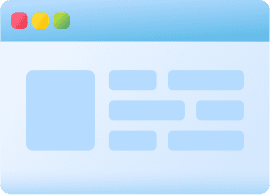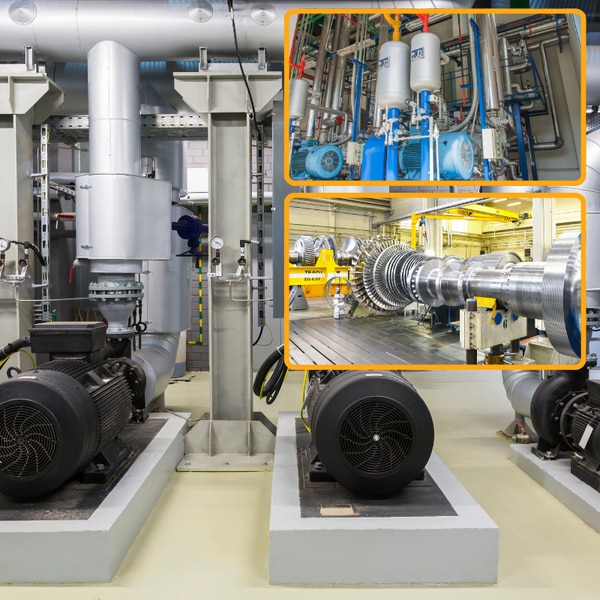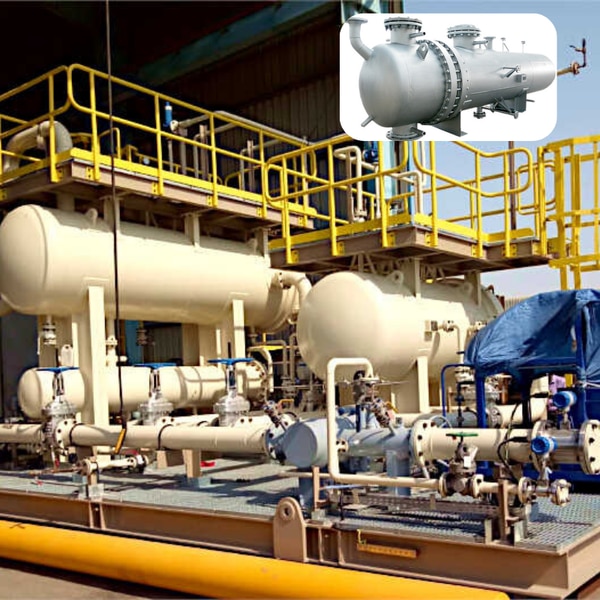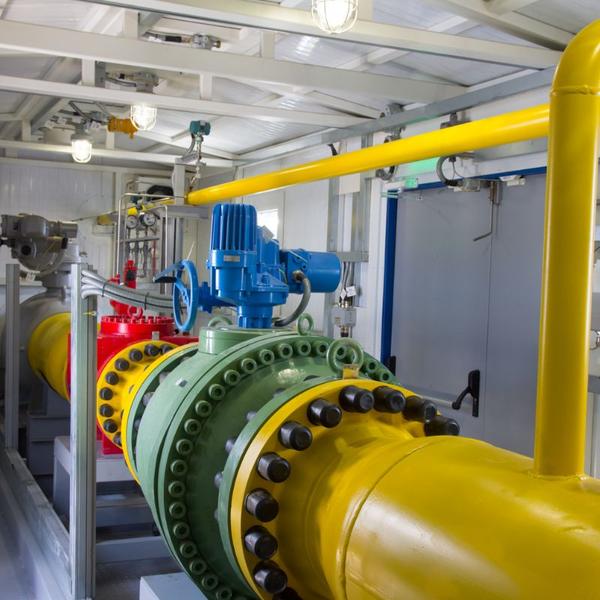Rotary Equipment Design
Pumps:• Different types of pumps, applications in the process industry. • Operating principle and technology of positive displacement pumps. • Performance curves of a centrifugal pump: head, efficiency, absorbed power, NPSH. • Technology of centrifugal pumps, different architectures. • Mechanical seals: different arrangements, related ancillary systems. • Operating limits: cavitation, hammer shock, priming issues, case of 2 pumps running together. • Start-up and operation monitoring: specific case of hot pumps, LPG pumps, vacuum pumps. • Troubleshooting and common failuresSteam Turbine:• Description of a steam turbine, different families, standard applications. • Operating principle, classification and technology: number of stages, exhaust conditions • Expansion process through the machine. • Operation: start-up and performance monitoring. Speed control, safety devices Steam Turbine Gas Turbine:• Gas turbine design and performance, main types, industrial and aero derivative engines • Pressure and temperature profiles through the machine. • Influence of environmental conditions: temperature, elevation. Impact of suction • And exhaust friction losses on turbine performance. De-rating from ISO conditions Centrifugal Compressors • Description of a multi-stage centrifugal compressor. • Technology of main components and ancillaries. • Pressure increase process for a compressor stage. Performance curves, influence of suction conditions, and gas composition. • Operating window: low and high speed limits, stonewall, surge, typical anti-surge protection systems. • Flow control: throttling valve, speed variation, inlet guide vanes. Specific precautions for start-up. Troubleshooting. ...
View More



